Browse Our Books
You can browse our books easily with any of the following filters, hover over the filters or their titles to see their descriptions.
Reading Level
Categories
Or you can use quick search or switch to advanced search for better results...
Search Results (Found 7958 results)
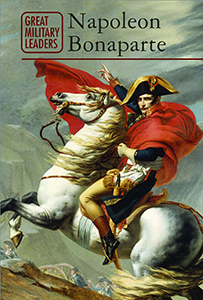
Great Military Leaders 
Many of the most prominent leaders in world history led armies that conquered empires, expanded existing territory, or established new nations. Great Military Leaders separates the truth from myth, presenting information about historical figures, their cultures, their leadership styles, and how they leveraged military strategy and available technology to literally re-draw the map of the world.
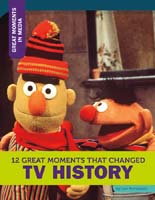
Great Moments in Media
Great Moments in Media investigates the greatest moments in the history of media. Each book uncovers 12 great moments in the history of television, radio, newspaper, or the Internet. Discover how each became a powerful way to share information. Learn about key players and events that became great moments in media.
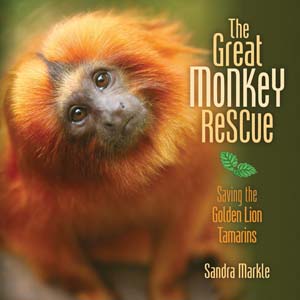
Great Monkey Rescue, The: Saving the Golden Lion Tamarins
Wild golden lion tamarins live only in Brazil's Atlantic Coastal Forest. When deforestation brought the red-furred species close to extinction, scientists had to take action. But tamarins in zoos weren't breeding. How could scientists get that to change? Then, how could they get tamarins that were born in captivity to survive when introduced to a wild habitat? And once the population was growing, how could scientists connect the limited patches of protected forest to create a habitat large enough to support a healthy population? Find out how ingenuity and a "bridge" of trees made this a scientific success story.
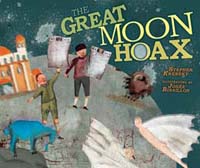
Great Moon Hoax, The
This picture book explores the 1835 “Moon Hoax” through the eyes of a fictional but historically plausible newsboy in New York City. Briefly, the Moon Hoax was perpetrated by a reporter at the New York Sun, and for a week in August captured the imagination of the whole city.
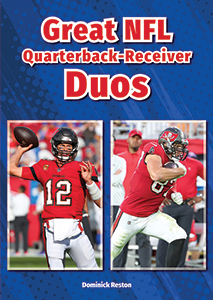
Great NFL Quarterback-Receiver Duoss 
There is nothing in today3s NFL that matches the excitement of an exhilarating quarterback-receiver combination. Rocket-armed quarterbacks throw incredible passes from all angles to astonishingly athletic receivers, who make spectacular catches look routine. This book discusses some of the greatest duos of all time.
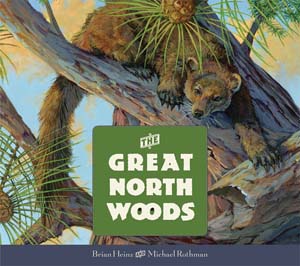
Great North Woods, The
In the northeastern region known as the Great North Woods, day dawns with quivering aspens, waters teem with life, forests prowl with predators, and nature is celebrated in rhyme.
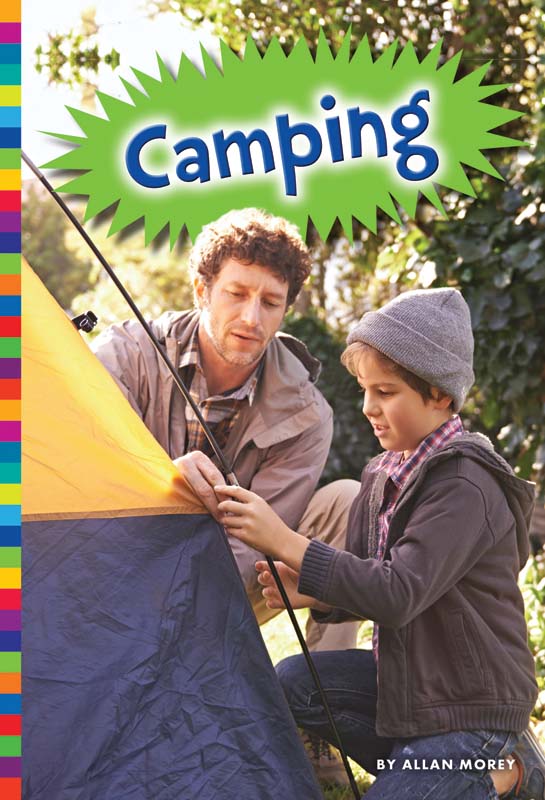
Great Outdoors
Nature is calling. The outdoors is full of adventure. These books will help foster a love of the outdoors and give kids inspiration and ideas for successful and safe trips enjoying these outdoor sports.
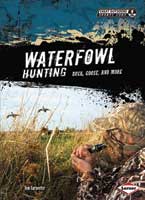
Great Outdoors Sports Zone
This fun, fact-filled overview will take a high-interest approach to hunting and fishing. Readers will learn what is involved in different types of hunting and fishing, including preparation, techniques, gear, and what kinds of game are sought. The books will also emphasize the importance of safety, being respectful of nature, and being a responsible sportsman or sportswoman.
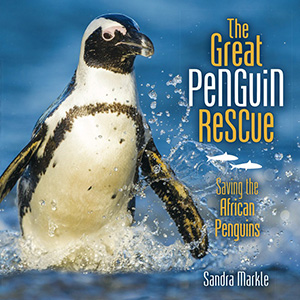
Great Penguin Rescue, The: Saving the African Penguins
African Penguins are in trouble. Where millions of these South African birds used to thrive, only around fifty thousand remain, due to destruction of nesting sites, human predators, oil spills, and food availability shifting with climate change. Some chicks starve because their parents can't find enough food for them. But researchers are aren't giving up on these birds. Habitat protections, new nesting colonies, and efforts to rescue abandoned juveniles are all part of how scientists and volunteers are creating a hopeful future for these penguins, one fluffy chick at a time.
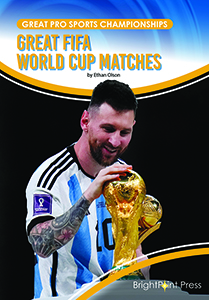
Great Pro Sports Championships (BrightPoint Press)
Great Pro Sports Championships explores some of the greatest championship games and series ever played in a variety of sports. The books use vivid storytelling to recap the moments that made each championship thrilling and the players who made them happen. Each book includes a graphic that presents key information visually, source notes, and resources to aid in further research.